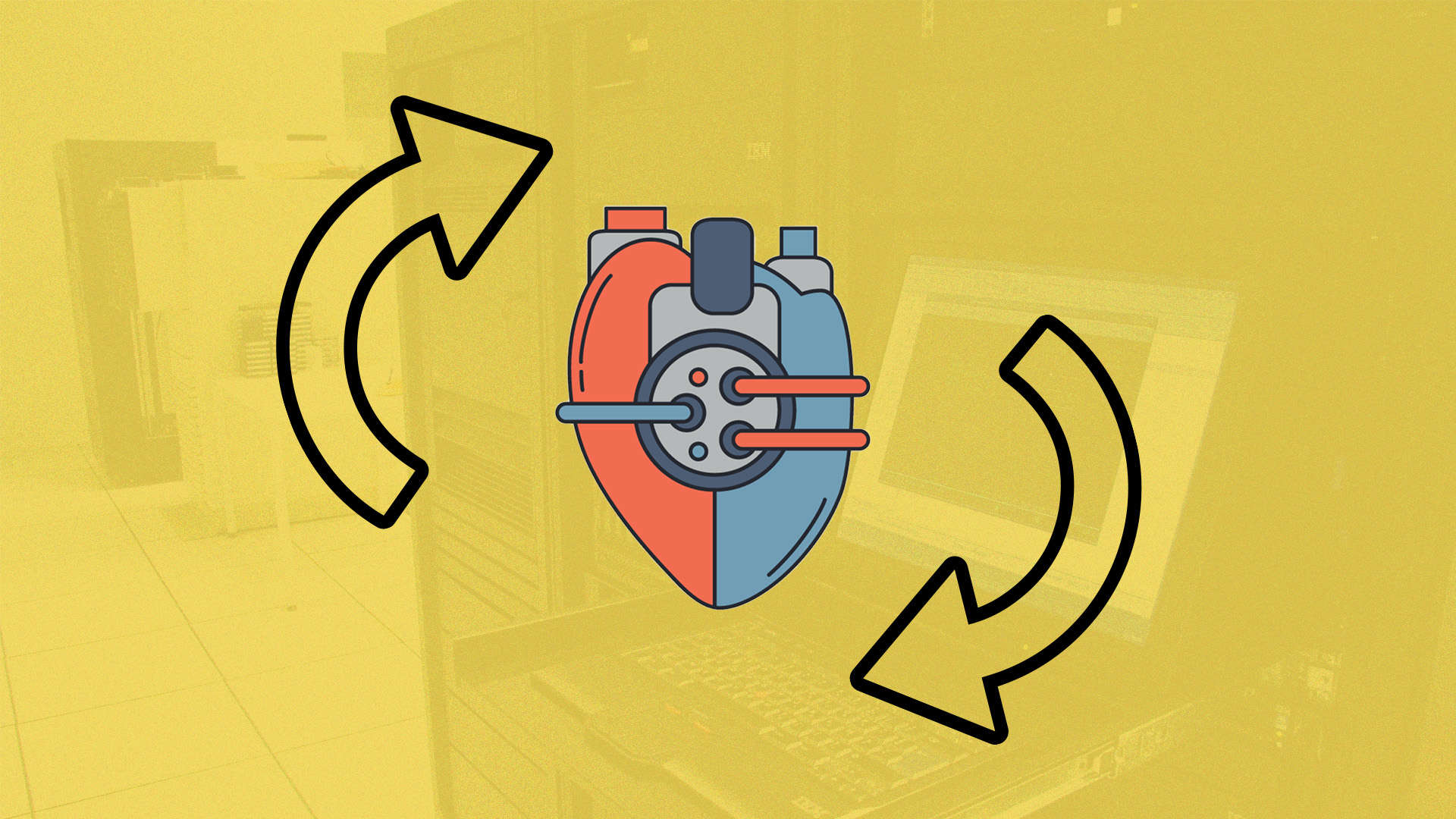
In our Modernization Strategies series, we look at the full range of modernization pathways available to organizations that maintain legacy applications.
Today, we will focus on the ‘replace’ strategy.
The ‘Replace’ Strategy Explained
The replace strategy involves swapping out an old system with a new one that better fits the current and future needs of the organization. This could mean implementing an off-the-shelf solution or building a custom application from scratch.
Unlike other strategies like rehosting (moving an application to a new environment without changes) or refactoring (modifying the application’s code while preserving its functionality), the replace strategy doesn’t involve working with the legacy system. Instead, it’s about finding or creating a new application that effectively meets the organization’s needs.
This strategy is most beneficial when the legacy application is so outdated or incompatible with modern systems that tweaking it isn’t feasible or cost-effective. An example could be a decades-old inventory management system that doesn’t integrate with new supply chain software.
Instead of investing time and resources to make them compatible, replace the old system with a new one that seamlessly integrates with the supply chain software.
Benefits of the ‘Replace’ Strategy
By replacing a legacy application, organizations can reap several benefits.
Performance
First, it can lead to significant performance improvements. New applications are designed with modern hardware and software in mind, enabling them to run faster and more efficiently.
Security
Second, it enhances security. Older systems often lack the robust security features found in contemporary applications, making them vulnerable to cyber threats. Replacing them with newer applications can help organizations protect their data more effectively.
Scalability
Lastly, the replace strategy can offer greater scalability. As an organization grows, its software needs to grow with it. A new application can be designed with this in mind, allowing for easy expansion as the business evolves.
Challenges and Risks
However, the replace strategy has its challenges.
One potential issue is the risk of data loss during the transition from the old system to the new one. Furthermore, replacing an application could disrupt operations, especially if employees need to be trained to use the new system.
Financially, this approach can be a significant investment, particularly if a custom application is being built. And there’s always the risk that the new system might not meet all the organization’s needs, despite best intentions and careful planning.
Plan Carefully to Ensure Success
Document Business Rules with a Serious Project
A serious, structured business rules discovery project should be planned and executed to actualize the many benefits of a replace project. Take great care to document any mission-critical functionality requirements and check them against the new software, whether off-the-shelf or custom.
Consider using a code analysis tool like CM evolveIT to help you save time and reduce errors significantly.
Find Integration Points Before Install
Your legacy system likely has multiple integration points, documented and undocumented, that need to be tracked and accounted for before developing a brand-new system for your organization. Those integrations are likely critical to your operations, and you’ll want to know in advance if they have the potential to break or become problematic to implement so you can plan accordingly.
Final Thoughts on the Replace Modernization Strategy
The ‘replace’ strategy can be a powerful tool for modernizing legacy applications. It’s particularly suitable for situations where the existing system is too outdated or incompatible to be worth modifying. However, like any strategy, it has its risks and challenges. Therefore, organizations should consider their specific needs, resources, and future plans before deciding on this approach.
If you’d like to learn more about CM evolveIT code analysis capabilities, contact us.


